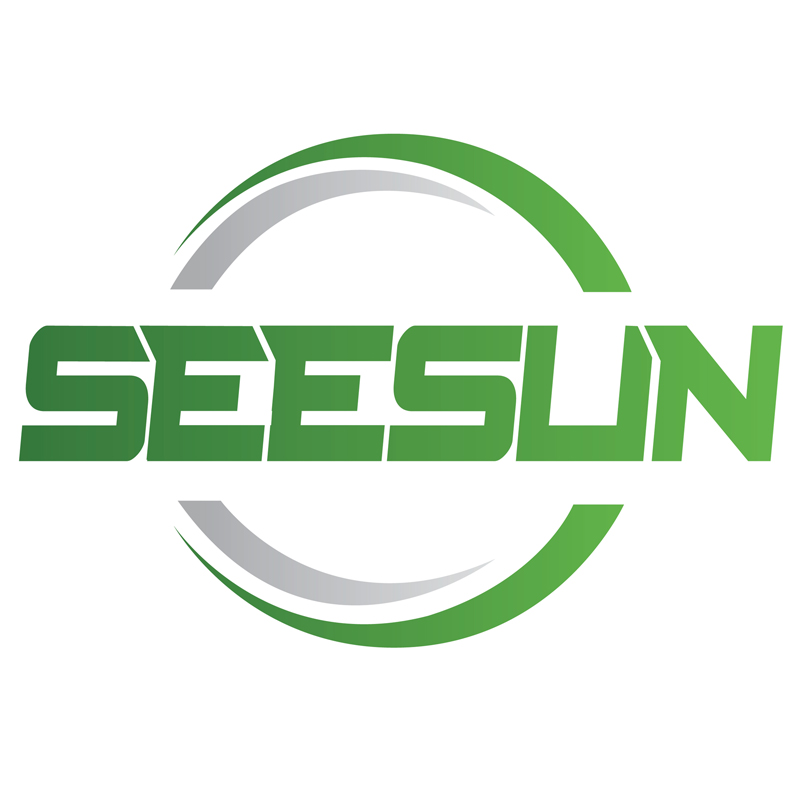The rapid expansion of solar energy as a viable alternative to traditional fossil fuels has brought with it a host of new challenges and opportunities. One such challenge is the degradation of solar cells over time, which can lead to a decrease in their efficiency and output. Accurately predicting the rate of degradation is crucial for the effective management and maintenance of solar energy systems. This is where artificial intelligence (AI) comes into play, offering a powerful tool to help predict solar cell degradation and optimize the performance of solar energy systems.
Solar cell degradation is a complex process influenced by various factors, including temperature, humidity, and ultraviolet (UV) radiation exposure. Over time, these factors can cause a decline in the performance of solar cells, leading to a reduction in the overall efficiency of a solar energy system. Accurate prediction of degradation rates is essential for the effective management of solar energy systems, as it allows for better planning of maintenance and replacement schedules, ultimately ensuring the long-term sustainability of solar energy as a viable power source.
Traditional methods of predicting solar cell degradation have relied on empirical models and historical data, which can be limited in their accuracy and applicability. In recent years, however, advances in AI and machine learning have opened up new possibilities for predicting solar cell degradation with greater precision and reliability. By analyzing large datasets and identifying patterns and trends, AI algorithms can make more accurate predictions about the future performance of solar cells, allowing for more effective management of solar energy systems.
One of the key challenges in applying AI to solar cell degradation prediction is the sheer volume and complexity of data involved. Solar cells are subject to a wide range of environmental factors, and the interactions between these factors can be difficult to model accurately. Additionally, solar cell degradation can manifest in various ways, from a gradual decline in efficiency to sudden, catastrophic failure. Developing AI algorithms capable of accurately predicting these diverse outcomes requires vast amounts of data and sophisticated modeling techniques.
Despite these challenges, there have been several promising developments in the application of AI to solar cell degradation prediction. Researchers have successfully applied machine learning algorithms to predict the degradation of solar cells based on historical performance data, with some models achieving prediction accuracies of over 90%. Additionally, AI has been used to identify previously unknown factors that contribute to solar cell degradation, such as the impact of certain manufacturing processes on long-term performance.
The potential benefits of AI-driven solar cell degradation prediction are significant. By providing more accurate predictions of solar cell performance, AI can help optimize the management and maintenance of solar energy systems, leading to greater efficiency and cost savings. Furthermore, by identifying previously unknown factors that contribute to degradation, AI can help drive improvements in solar cell manufacturing processes, ultimately leading to more durable and efficient solar cells.
However, the widespread adoption of AI in solar cell degradation prediction is not without its challenges. The development of AI algorithms requires significant investment in both time and resources, and the availability of large, high-quality datasets is essential for accurate modeling. Additionally, the integration of AI-driven prediction models into existing solar energy management systems may require significant changes to existing processes and infrastructure.
In conclusion, the application of AI to solar cell degradation prediction offers significant potential benefits, but also presents a range of challenges. As the solar energy industry continues to grow and evolve, it is crucial that researchers and industry stakeholders work together to harness the power of AI in order to optimize the performance and sustainability of solar energy systems. By overcoming the challenges associated with AI-driven solar cell degradation prediction, we can unlock the full potential of solar energy as a viable and sustainable alternative to traditional fossil fuels.
Source:EnergyPortal.eu
